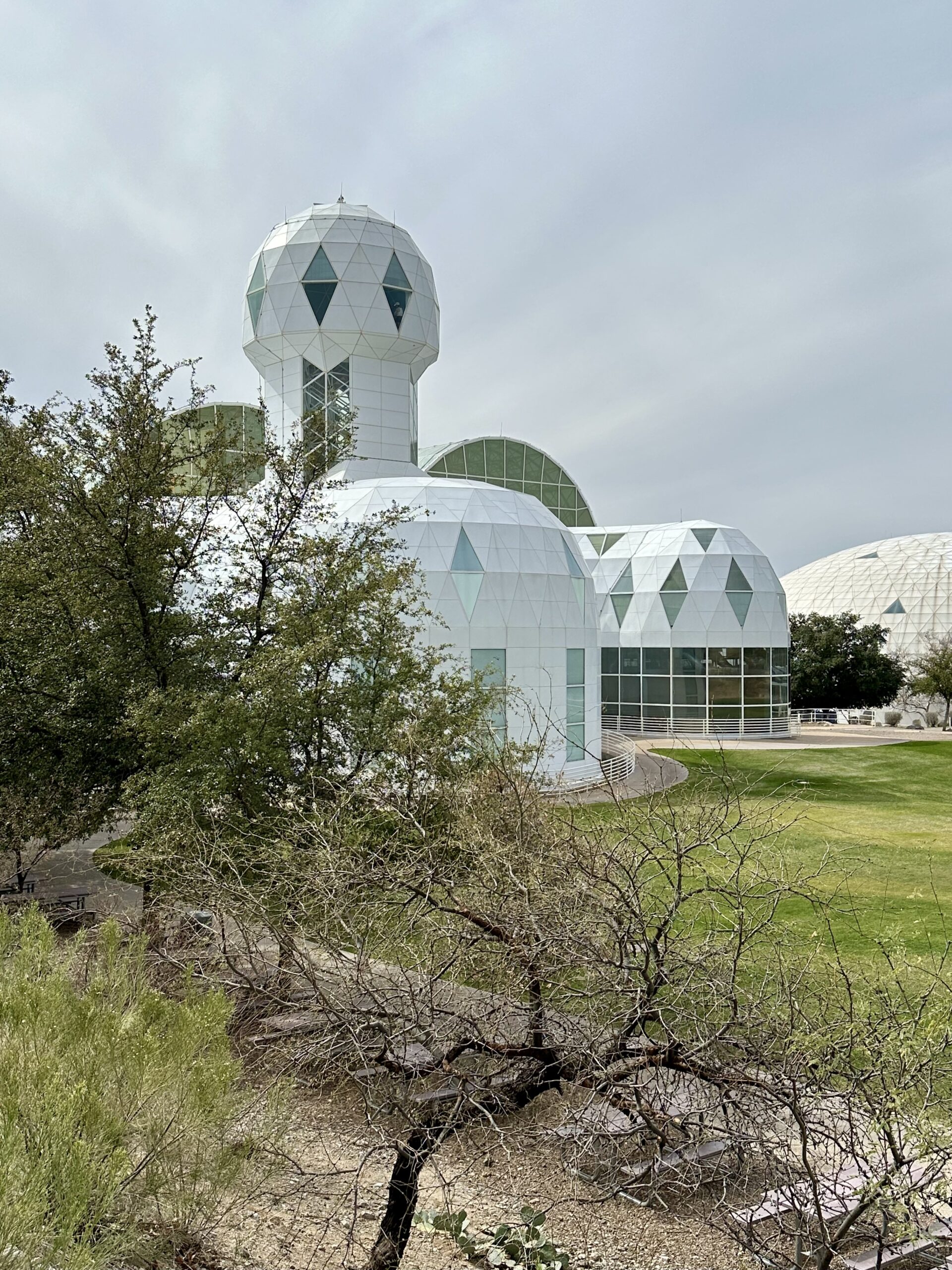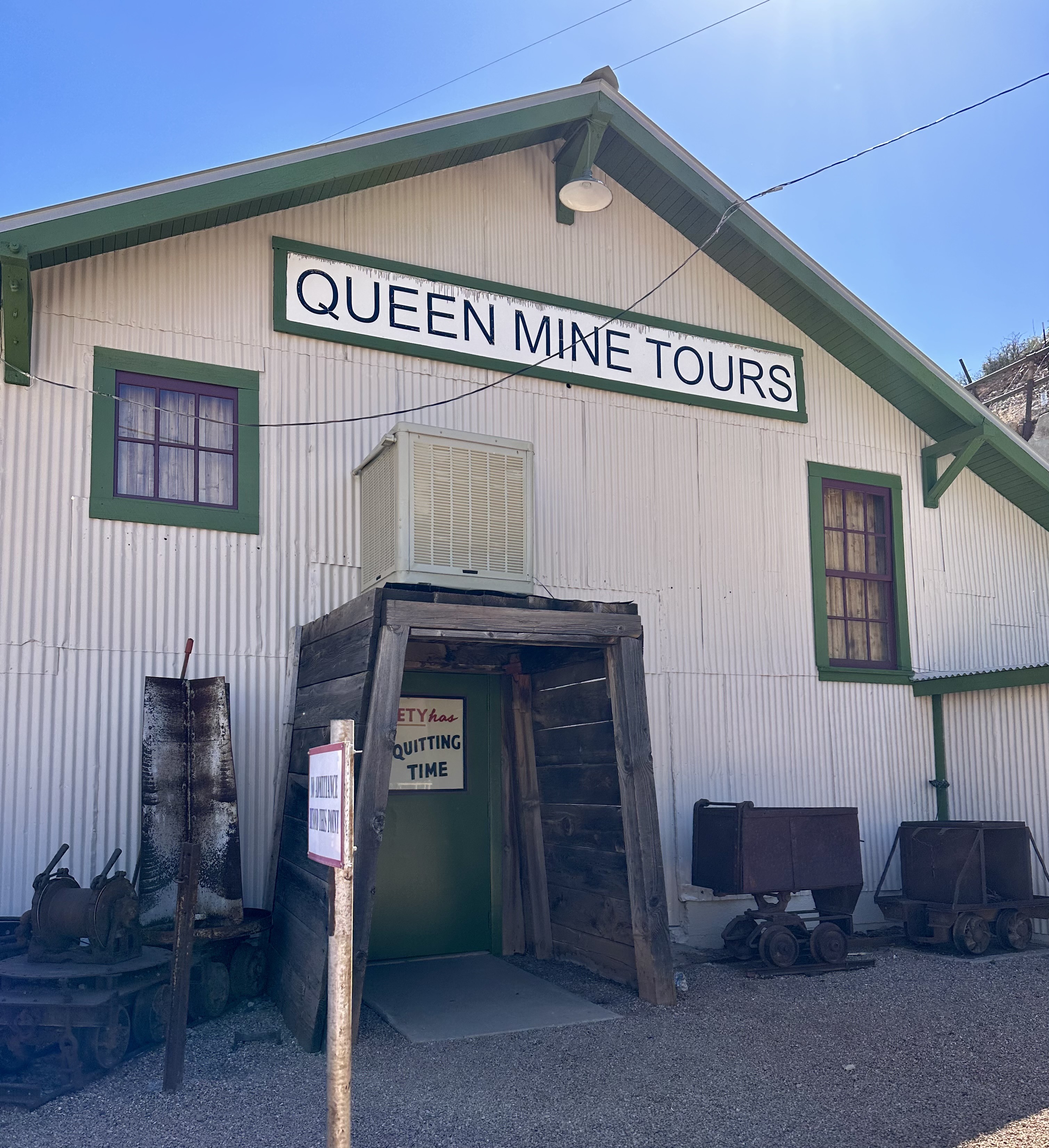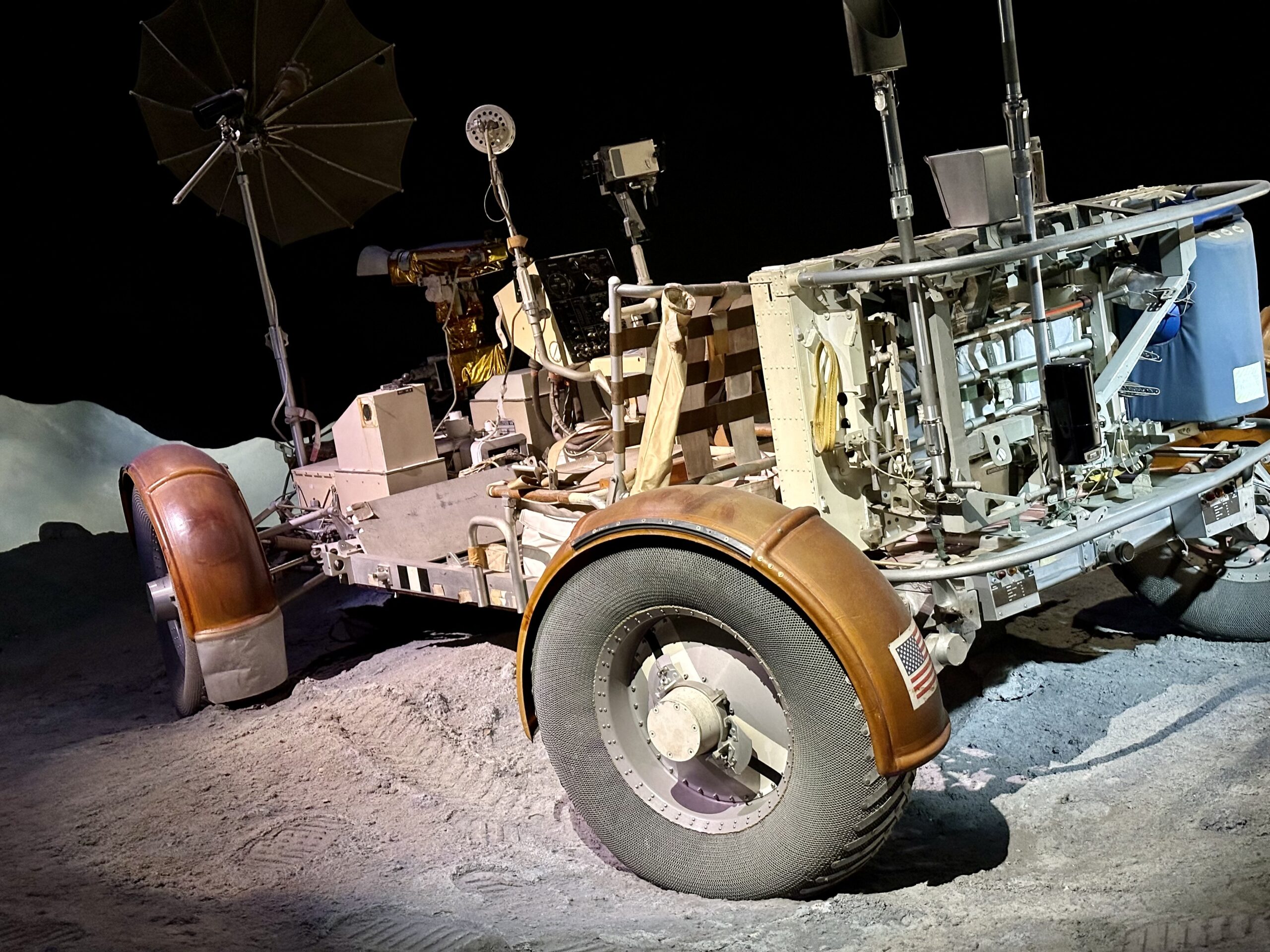
We spent a day exploring this park beginning on the western side at the Kawuneeche Visitor Center near Grand Lake, Colorado. After checking in at the Visitor Center, we learned that the best way to see this park is by driving the Trail Ridge Road.
According to the National Park Service (NPS), “Trail Ridge Road was officially opened on July 16, 1932.” This road is “generally passable only from Memorial Day through mid-October.”

This park’s weather can be very unpredictable. When you go be sure to pack warm clothing layers and rain gear for any excursions in the park. We ended up wearing all the above! According to the NPS, “Winter in the park lasts from October through May. The west side of the park receives about twice as much moisture as the east side, with the greatest snow accumulation occurring in subalpine forests.”

In part, the Trail Ridge Road follows a route once used by the Ute and Arapaho tribes, as well as earlier prehistoric people. This paved trail runs 40 miles (64 km) through the entire park. It is the highest continuously paved road in the United States.
When driving in from the western side you climb in elevation pretty fast. We were up over 10,000 feet (3,000 meters) within about 15-20 min.

Trail Ridge Road crosses the Continental Divide at Milner Pass.

It was raining, really windy and cold! This is the point on the continent where the water either enters the Atlantic or the Pacific drainages.


Poudre Lake, at Milner Pass, is just east (only a few yards/meters) of the Continental Divide sign. We read that it releases its cold water into the Cache la Poudre River, which flows toward the Atlantic Ocean.

From this lake we took a short hike. At this elevation, walking even a short hike uphill can really get your heart racing. See the winter beanie and jackets? Did we mention it can get cold up here?



The highest point on the Trail Ridge Road is 12,183 feet (3,713 meters) near the Gore Range Overlook. The winds were fierce up here – notice the man leaning into the post to take a picture – but the views were awesome. We read that wind speeds can exceed 150 mph (241 km/hr).



Oh, also, it was 41 f (4 c) and raining at the peak. The NPS said that temps remain below freezing all winter long, and commonly drop below freezing in the summer.

From the top of the Trail Ridge Road you could see forever – even with all the clouds.

At the eastern end of the park you will find Fall River Visitor Center, just past the last vista – Deer Ridge Junction.

A visit to this park in the summertime is definitely a great way to escape the heat. And since the Trail Ridge Road is closed each winter by snowdrifts that can be more than 35 feet (10m) deep, it is really the only time to go.





Wow, it was chilly! It was a beautiful night back at the ranch!
I am enjoying your excursions !!! So glad that you are sharing!! I heard that there is snow already in Colorado… Enjoy and thank you for sharing…
Hi Lora,
Yes, we heard it snowed enough to close the Trail Ridge Road the night after we went through. Looks like we timed it just right.
JJ
Hello Traveling Twosome! Two miles above sea level…..Rocky Mountain High, 🎶, Colorado!!
Cold and wet but worth it….great adventure! Good pics especially at the Continental Divide sign.
Thanks Hans! Now I John Denver singing in my head🎵